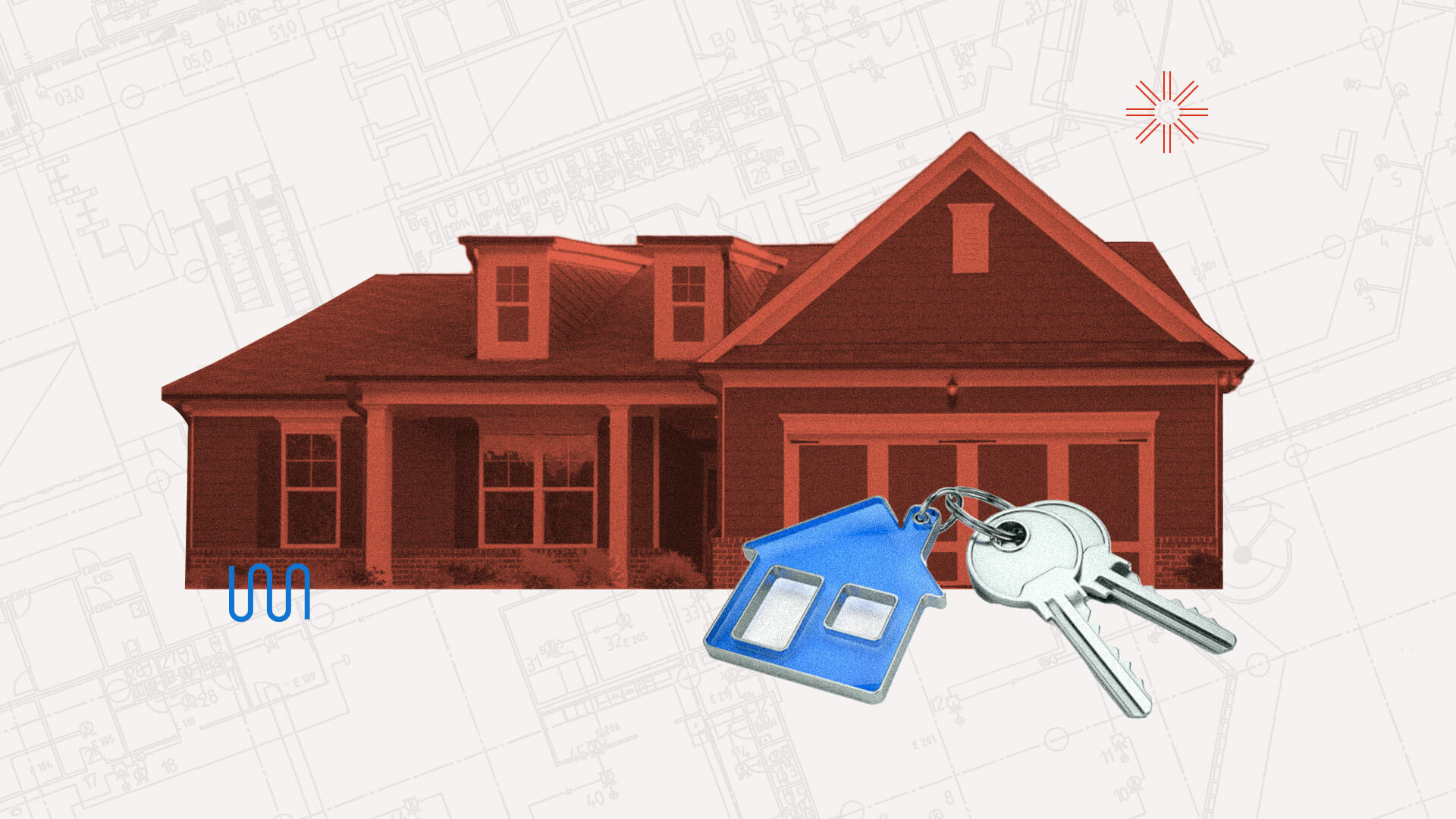
Last year, more than two thirds of people used an online mortgage application. With so many people starting the mortgage process online, it was only a matter of time before there would be demand for the entire mortgage process to become digital. The pandemic has accelerated the trend towards online closing. Covid required more remote transactions, and the demand for online mortgages shot way up. The FHFA reported the government sponsored entities (GSEs) expect online mortgage purchases to increase through 2021. And, once people experience the convenience of online mortgages and recommend lenders with online mortgage capabilities to their friends and family, the demand will only continue.
A recent report indicated that 82% of people who closed on a mortgage last year would prefer signing documents electronically and that two thirds would want an entirely online experience. Younger generations in particular, are prime targets for online mortgage lending. Not only do millennials represent a major driver of mortgage demand over the next ten years, both millennials and Gen Z expect businesses they interact with to offer online options.
In short, e-mortgages will play a key role for lenders as they look to attract more home buyers, gain efficiencies, and improve ROI in 2022.
Online mortgage lending - safer and more convenient for consumers
As with many parts of life that have gone digital, online mortgages provide a host of benefits for homebuyers. First, they provide consumers with more convenience and flexibility. In the case of a full online close, they can complete a mortgage from home. But, even for an in-person closing, having elements of online mortgages can reduce the closing time, reduce errors and provide easy access to online documents when needed.
What’s more, younger generations shop around more than their older homebuying counterparts, and of course, the vast majority are doing so online. This means that lenders with online options will capture more demand from these young buyers.
Online mortgage lending is not only more convenient, it represents a safer and more secure option for homebuyers. Mortgage transactions require highly sensitive information. Digital-first generations like millennials and Gen Z appreciate that online transactions eliminate some of the security concerns that paper entails, like when transporting documents and sending sensitive documents in the mail. When online documents live in a digital, secure database, they can’t be spilled on or displaced, and are password protected.
Online mortgages are also a signal to these home buyers that a lender is innovative and savvy. A business that embraces efficient technology to improve the mortgage process naturally attracts attention from younger digital generations who do the majority of their shopping on their phone. Having a brand image that is online-friendly is a big plus as home buyers are shopping for a lender.
Online mortgage lending benefits lenders, too
Homebuyers aren’t the only ones to benefit from online mortgage lending. In fact, lenders themselves gain the greatest advantage from the adoption of online lending. Not only do they save time and gain efficiency, they also create the opportunity to generate more revenue.
Time savings: Lenders that have adopted online mortgage lending experience considerable time savings as they can dramatically reduce cycle time. This is particularly true with elements like signing and notarization, as it does not require physical documents to travel to different parties. Online mortgage lending also allows lenders to generate documents much more quickly, and add borrower information and process information automatically.
Easier process: With everything online, making updates are a snap, and don’t waste paper. What’s more, online processes require less work for everyone. Plus, lenders can easily have their documents organized and at their fingertips, whether they’re working in the office or remotely.
Fewer errors: With online mortgage lending, errors can be spotted automatically and corrected easily. And, for any error that needs to be changed, doing so is fast and painless.
Online mortgage lending - gaining ground
While there are some steps that need to be taken in order to offer a full digital close, the good news for lenders is that the benefits of online mortgage lending start to occur even if the lender does not offer a full digital close yet. There are actually a number of different elements that can be moved online in order for lenders and home buyers to gain flexibility and efficiency in the process.
There are several terms used for partial or “hybrid” closing. For example eClosings often include a variety of online documents to be signed, while several key documents including the eNote may be “wet” signed. For lenders that continue on the online mortgage process, they can add eNote and online notarization capabilities, as well. By creating a full digital closing, mortgage lenders deliver the ultimate convenience and flexibility to their home buyers, who could actually close a loan from their couch.
However even hybrid options provide significantly more visibility for the homebuyer, who can gain access to key information and documents online. Partial or hybrid online mortgage also still benefit the lenders themselves, who save significant processing time, and see reduced errors through the cycle, which adds up to significant savings.
With younger generations representing the majority of mortgage lending in the future, online mortgages are an inevitable trend that will follow. Lenders are in a lucky position. Not only will they attract more home buyers if they offer online mortgages, but they will see benefits to their own business as well.
With this win-win opportunity, 2022 could shape up to be a year of growth for savvy lenders that embrace this new approach to mortgage lending.

